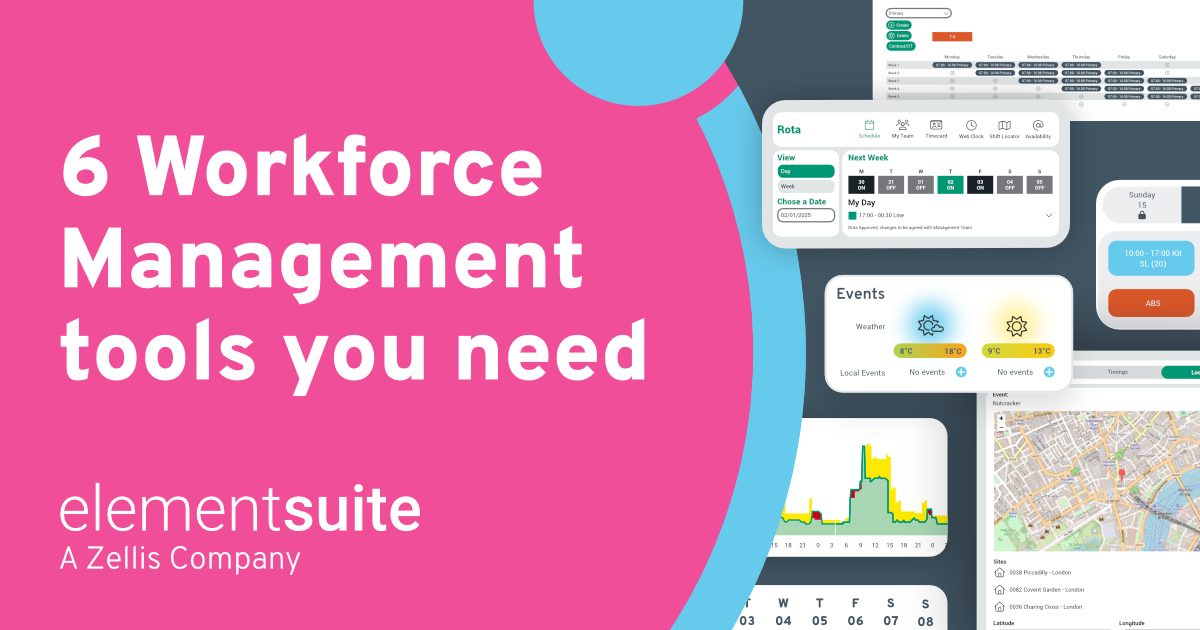HR data is fuel for employee retention – but how do you use it effectively to reduce staff turnover?
The trick is understanding how it fits into the overall workforce ecosystem and how these rich veins of information can provide a 3-dimensional view of your people, their happiness and engagement, and their likeness to leave your company.
But acknowledging that data is important is one thing – isolating that data, understanding it, and utilising it to create an excellent retention culture of talent is another thing entirely.
Staff turnover in a digital age
It’s safe to say staff turnover is now a problem in almost every industry.
Our recent HR Metrics Report, which surveyed over 500 HR professionals in the UK, found that while the average annual turnover in the UK is 21.26%, industries such as hotels (105%), restaurants and food services (92.98%), and real estate activities (29.75%) are industries victim to significantly high levels of employee turnover.
To add gas to the fire, it is predicted that by the end of 2023, the average annual employee turnover is due to rise up to 35.6 per cent.
It is evident that, unfortunately, many organisations (and industries) are struggling to keep their employees. Though thanks to HR analytics, we can start to identify patterns in staff turnover, factoring in wider global trends into hyper-localised solutions to help every employer keep the best in class staff.
What HR metrics should we look out for?
HR metrics can help you identify why your staff turnover is so high and what you can do to reduce it. The most obvious metric to track is your 3-month, 6-month and 1-year retention rates. This will indicate how long staff stay in their positions and whether changes need to be implemented in recruitment, onboarding, and employee engagement.
You will also want to benchmark these employee turnover metrics against industry standards to better understand how your company is performing against your competition. However, these are just the obvious metrics that give you an indication that there may be a problem in retention with your company.
Yes, you can zoom into specific teams, sites, regions or even roles. But to really understand the root cause of the problem, you need to look at other HR metrics and see where you can connect the dots.
Here are some of the HR metrics you should look for in conjunction with your employee turnover data.
Employee Satisfaction: Knowing what makes your employees happy is key to keeping them for longer. So sending out regular pulse checks is paramount.
Employee Engagement: How engaged are your employees? We all know that employee engagement and turnover are highly correlated, so this metric should be one of your top priorities to monitor. You can determine their engagement levels through employee surveys, or you could even monitor how much they are engaging in your collaboration tools, learning and development tools, and other company-wide digital platforms.
Job Performance: Job performance is a great indicator of whether someone is satisfied or engaged in their job role. Therefore, if you notice that an individual or certain team are performing poorly, it may be worth looking into the cause before they jump ship.
Compensation & Benefits: How competitive are your compensation packages? Do you have a generous vacation policy? Are your benefits up to date with the modern workforce’s needs? These are all important questions to ask your employees because they could be the reason why they are leaving.
Job Role Longevity: How long have people been in their job? Again, this can provide insights into whether employees feel stagnant or need to be refreshed.
Absence Rates: If you find that you have high absence rates, it may be a sign that something is wrong. It could be burnout or even dissatisfaction with the role. But it is definitely worth investigating.
Making sense of your HR metrics
When every employee touch point generates some sort of data, drip-feeding information on how employees interact with your company – knowing what to do with that data is the next big challenge.
Visionary HR teams don’t spend hundreds of man-hours scouring data for information that helps them. They create a strategic plan for what data they need, the goals that data will serve, and the HR technology they need to make the most of it.
And when the business objective is to reduce employee turnover, HR data and analytics become a must-have secret weapon.
But when you aren’t a data guru and have no idea how to conduct complex analysis, how can you make sense of your people’s data?
Technology is your answer.
elementsuite is powered by people-first data. With all your data consolidated into our all-in-one HR software, you can finally see the full picture of your employee data. From turnover rates to job role longevity, absence rates to engagement levels – and everything in between – elementsuite will help you make sense of all that data, so you can focus on making decisions that improve your workforce.
And don’t worry; you don’t need to be a statistical whizz to make the most of your HR data. With customisable dashboards, real-time insights, and customised alerts, you can quickly identify where employees are thriving and struggling, so you know exactly what needs your attention – and, more importantly, how best to retain great staff.
Ready to make sense of your HR data and reduce staff turnover? Book an elementsuite demo today to see how it can help you.
Useful resources
HRDs’ guide to successful software implementation – Part 1: Identifying Your Requirements
The critical role of project planning in HR software implementation




